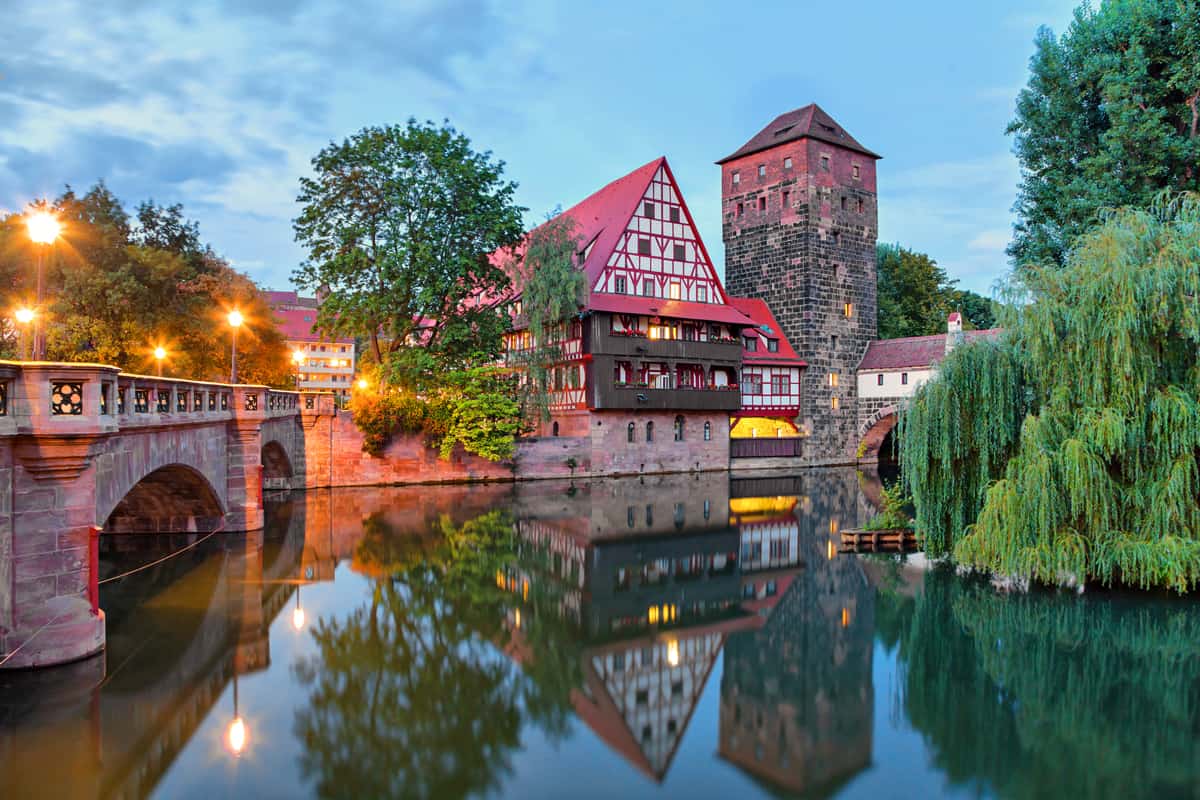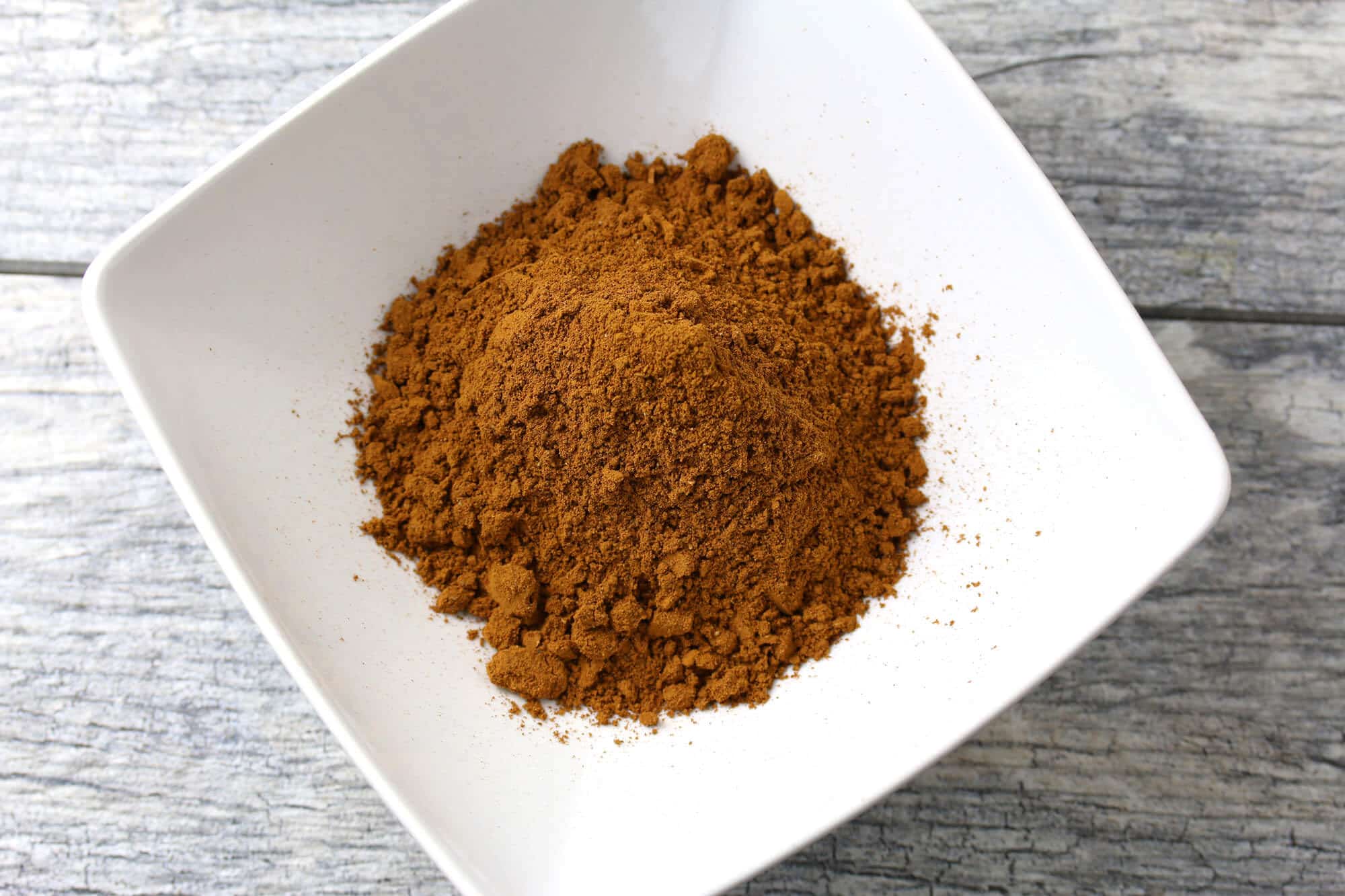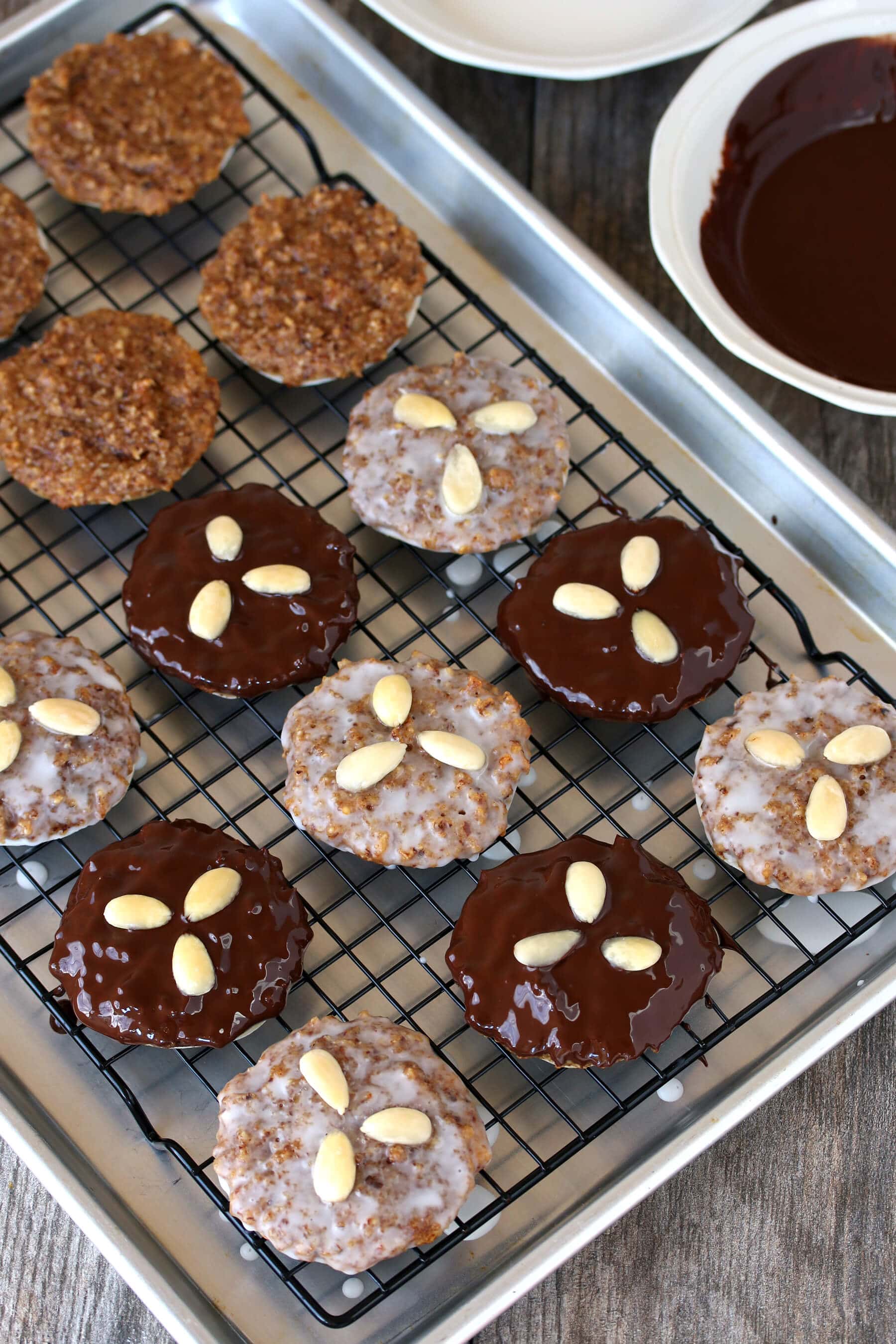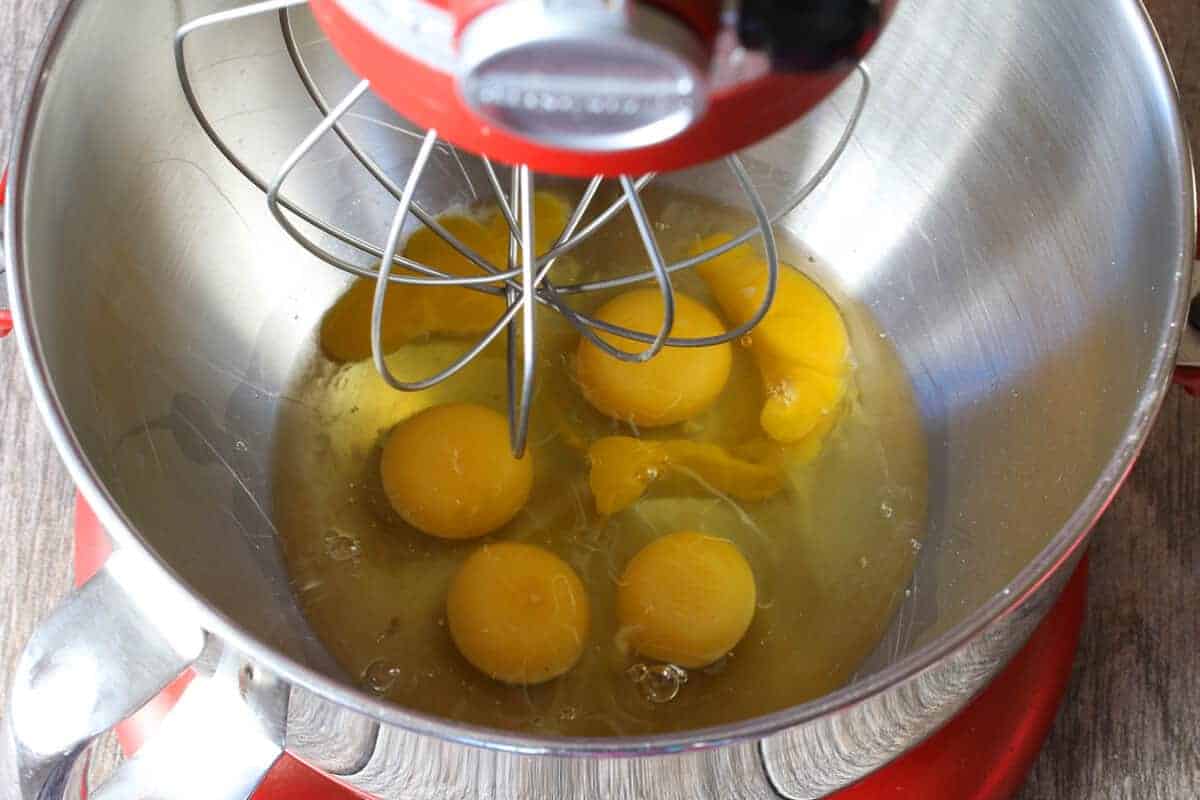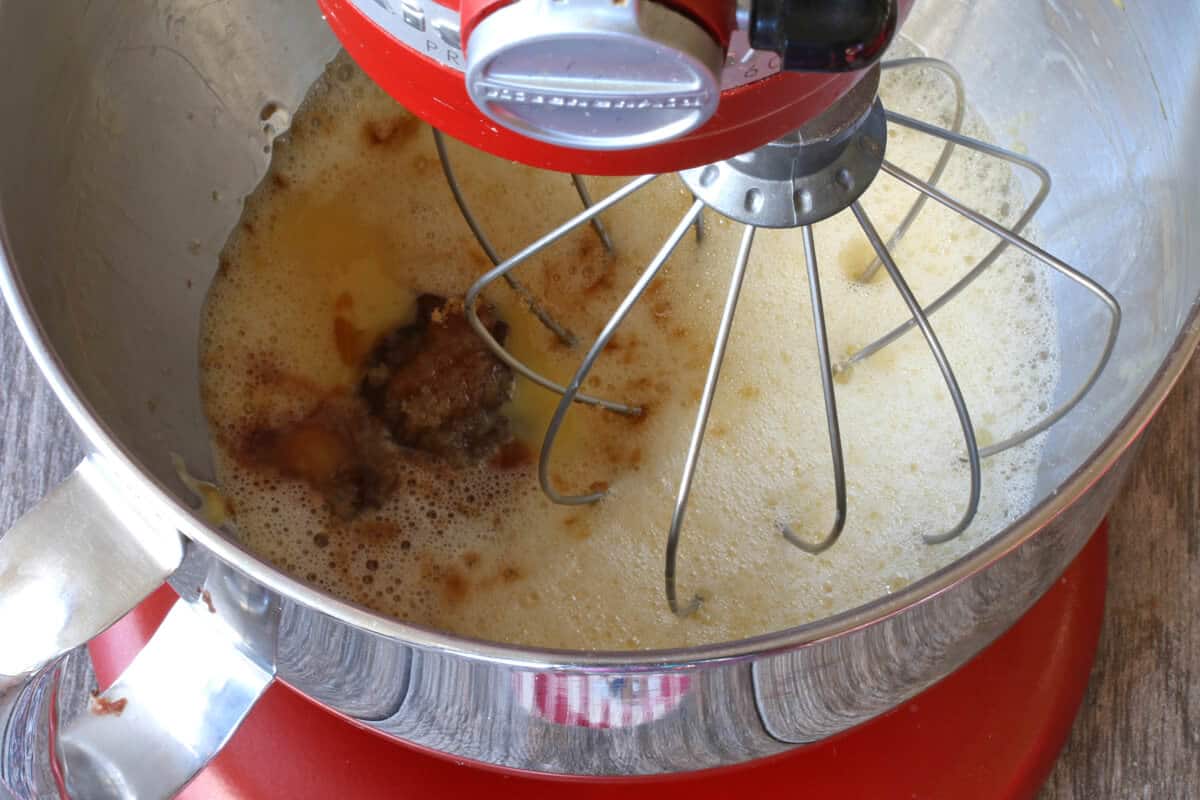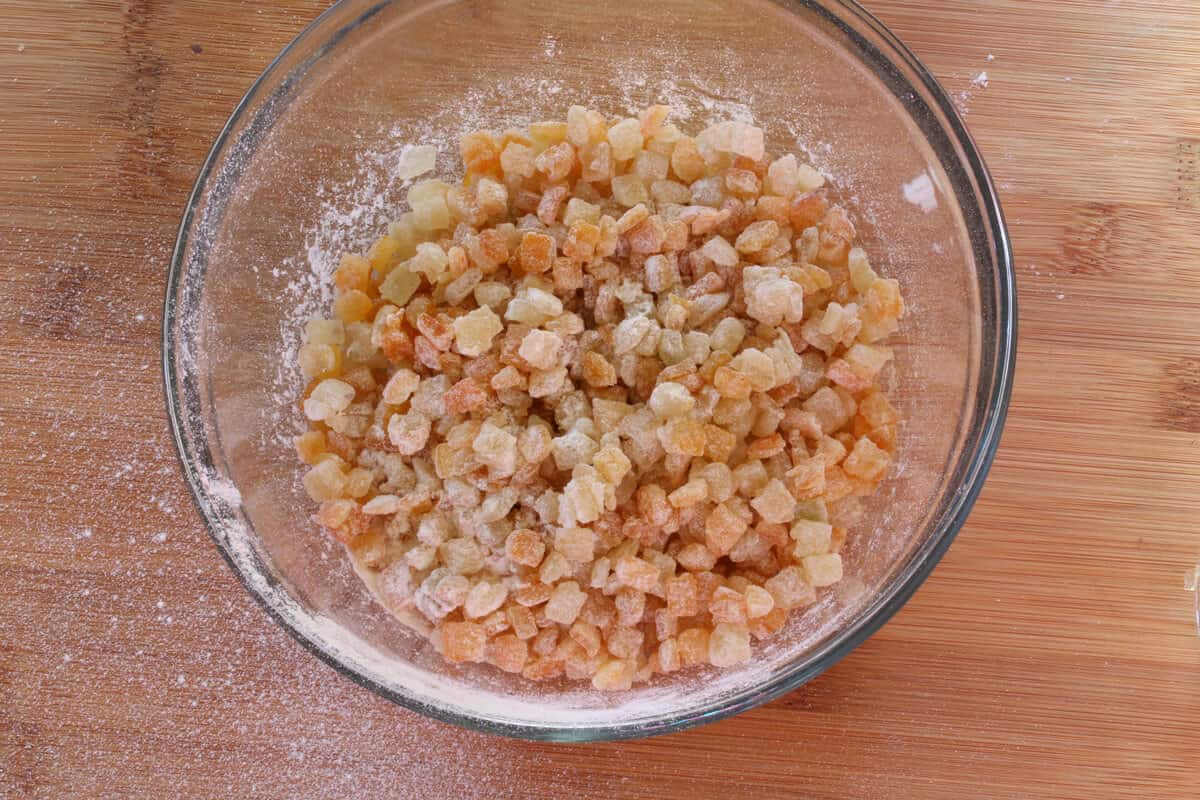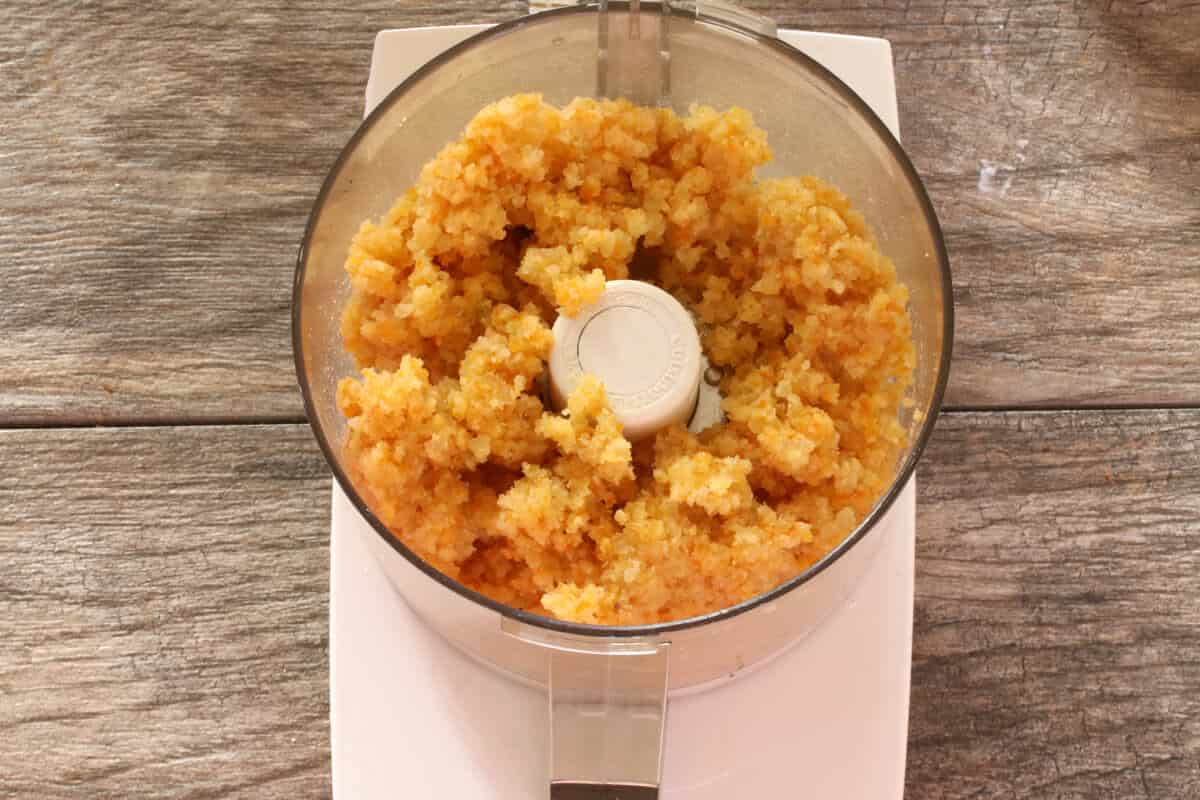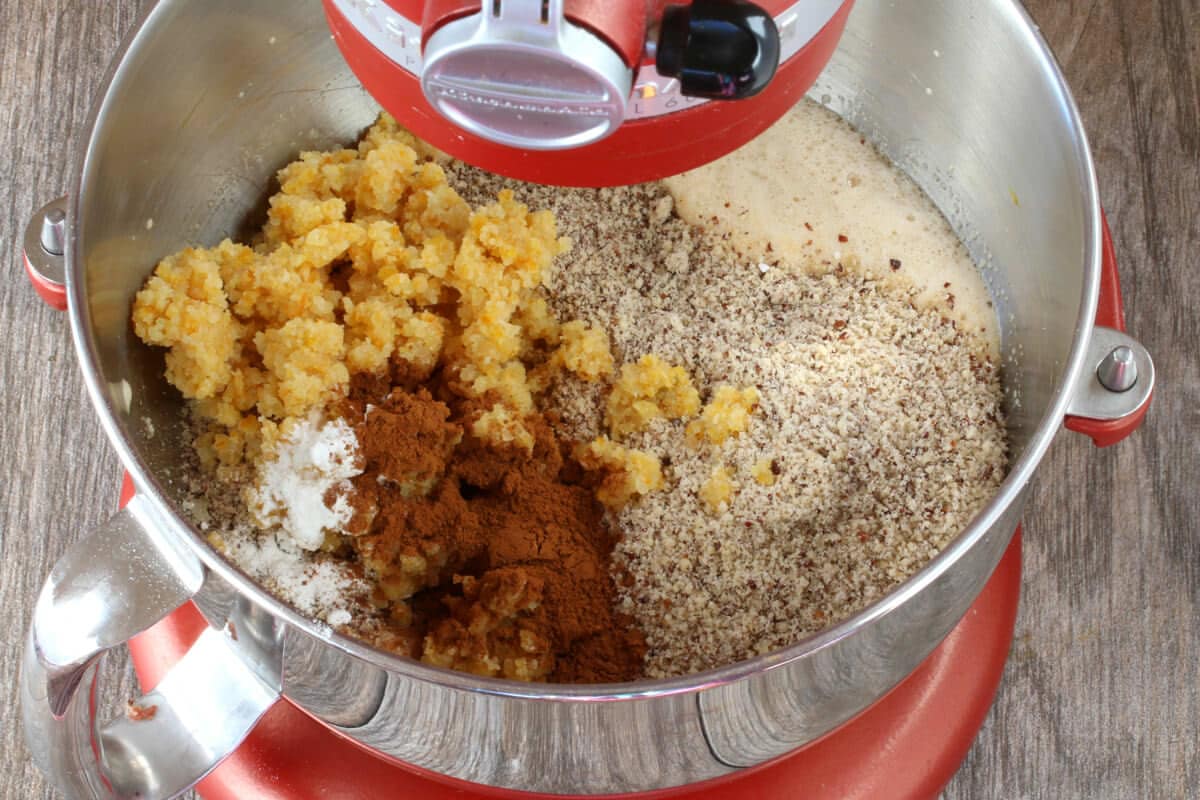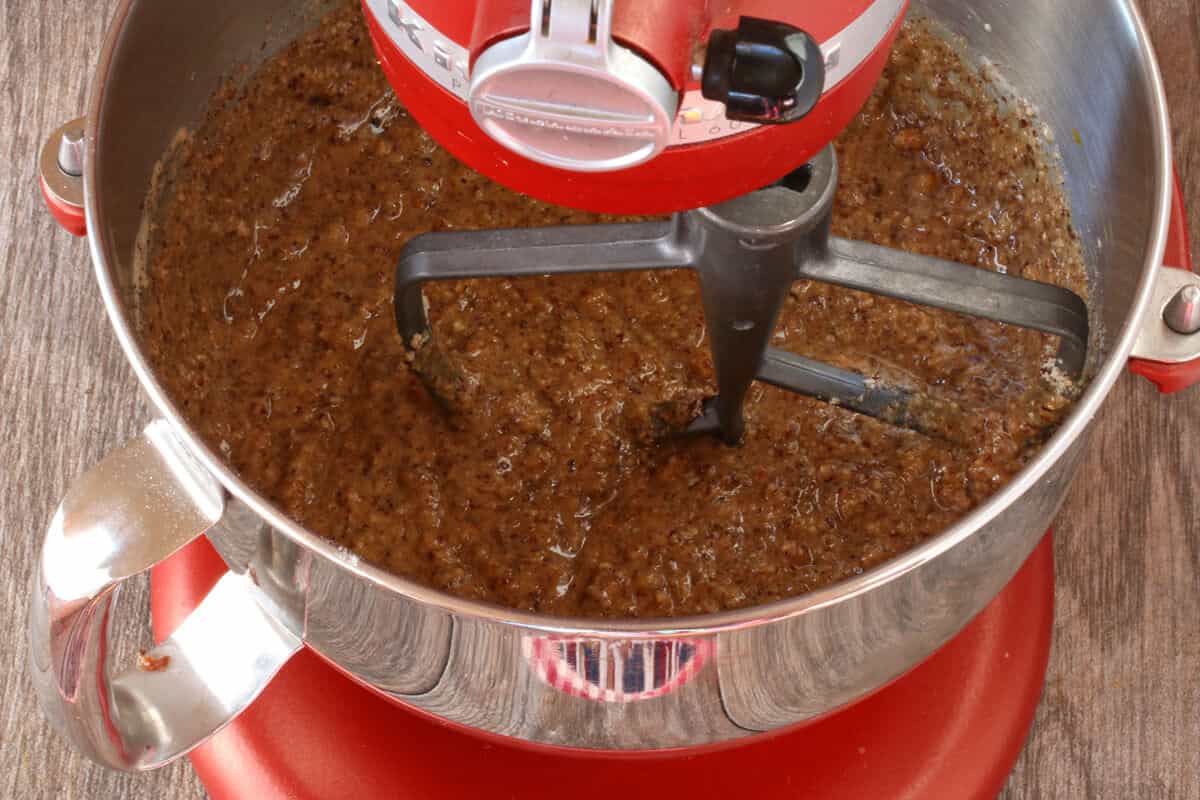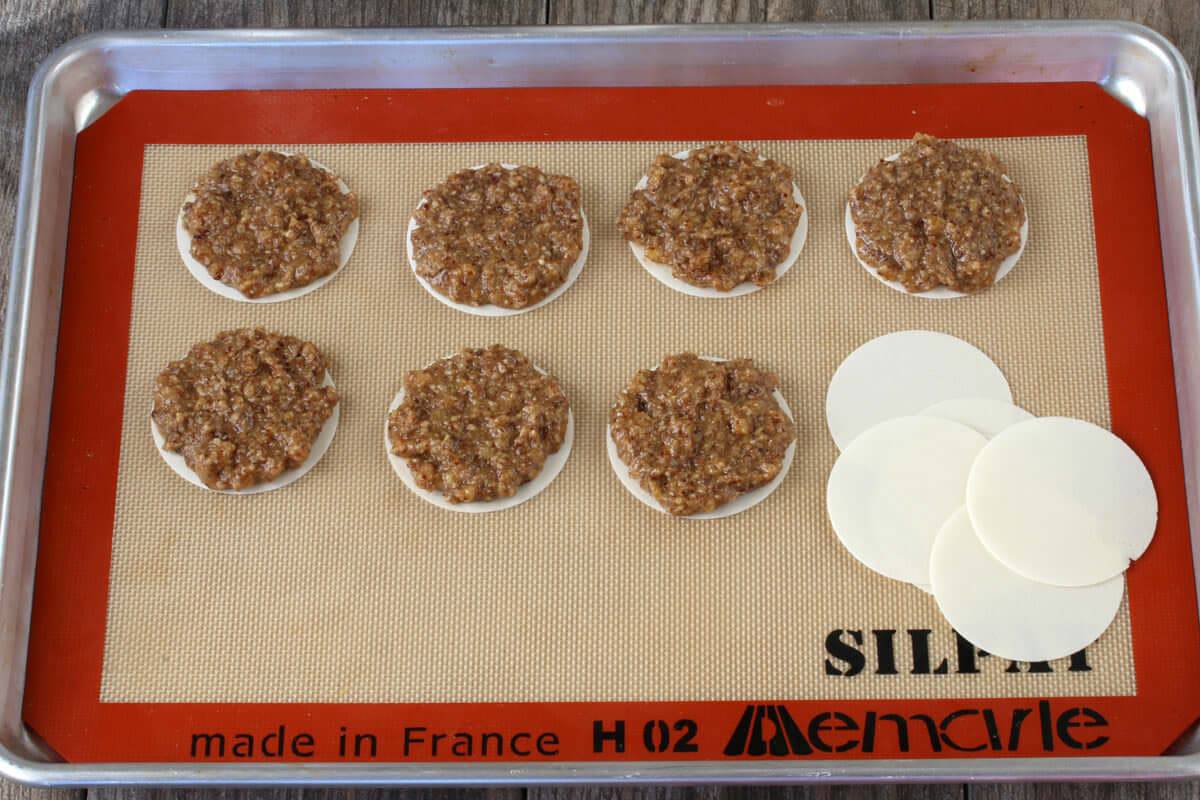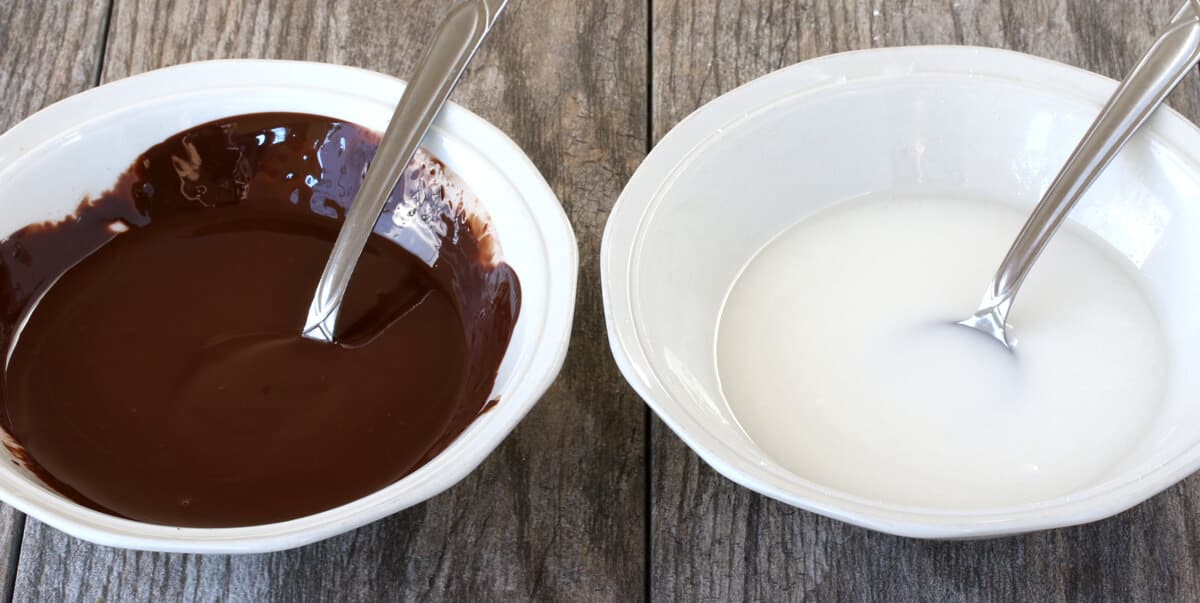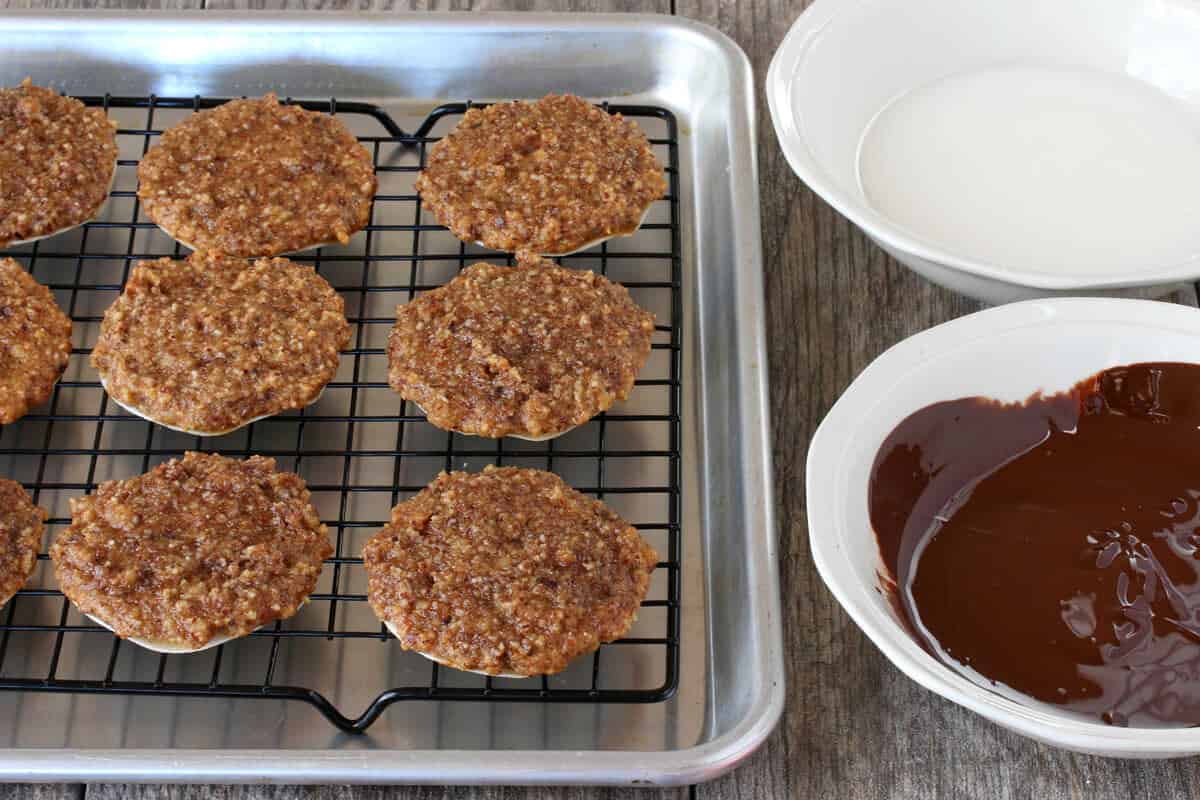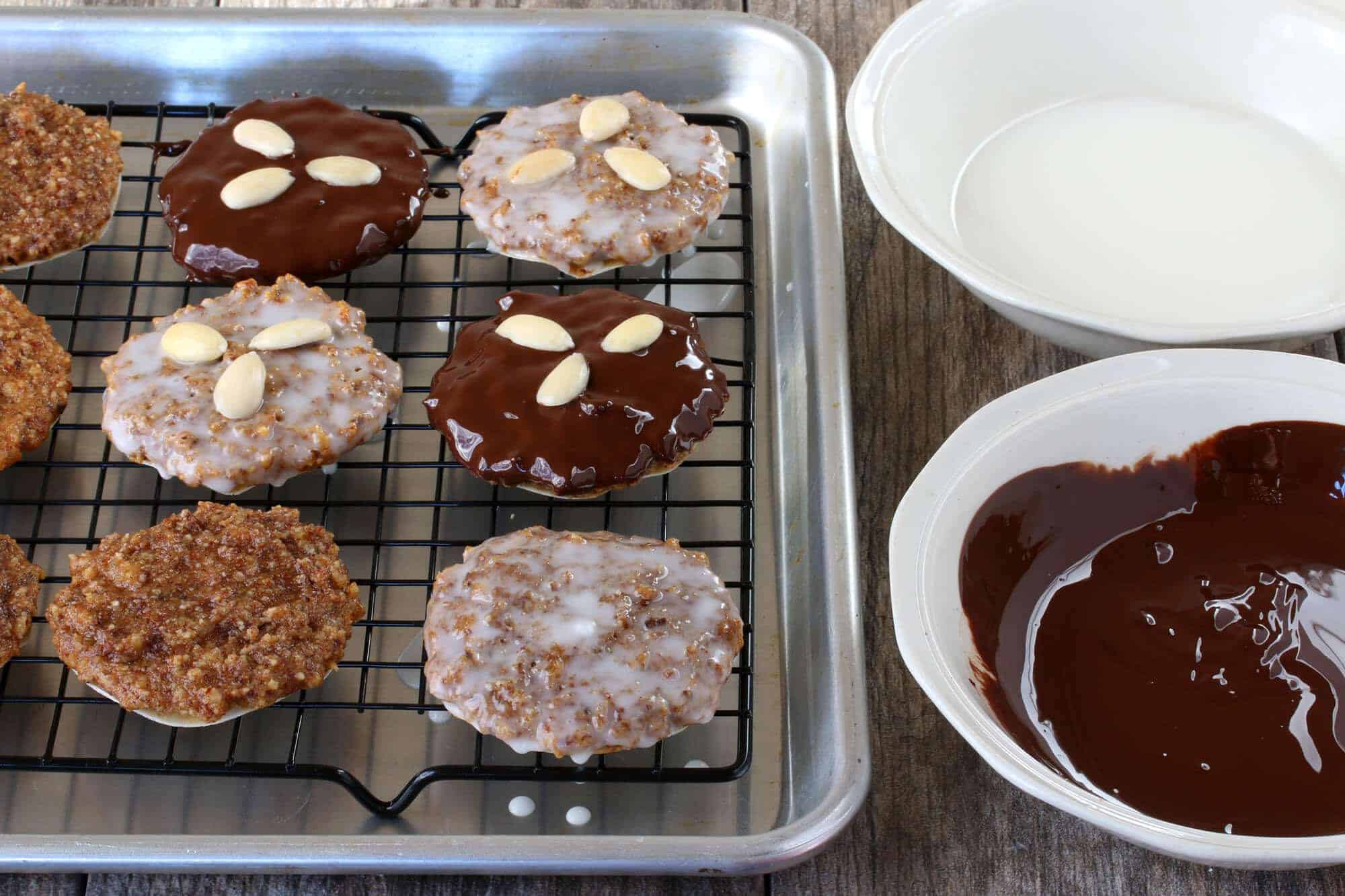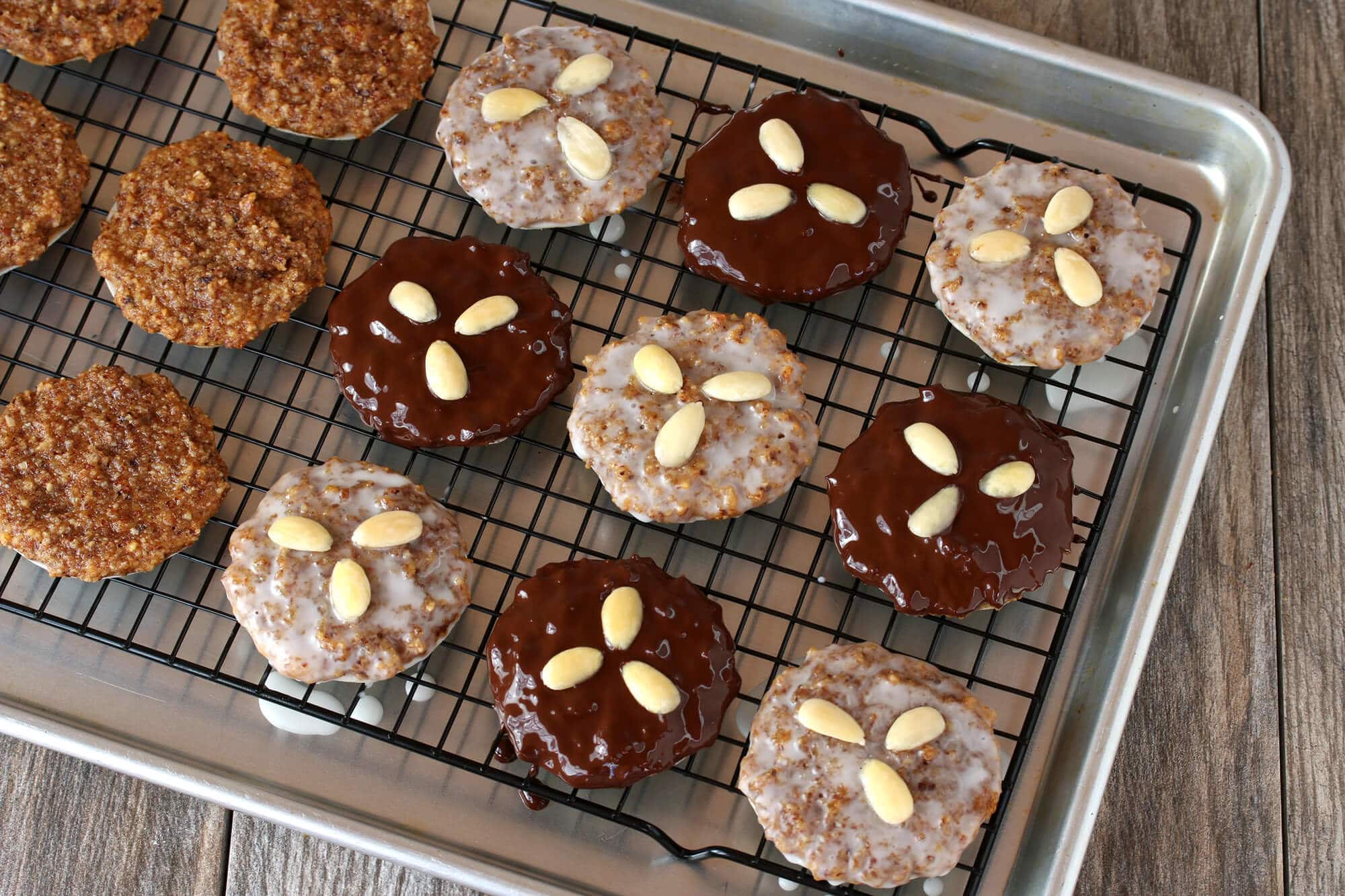Dating back to the 14th century in Nuremberg, Germany, Elisenlebkuchen have stood the test of time as one of Germany’s most popular and beloved of all Christmas treats. And having eaten more Lebkuchen in my life than I care to admit, I can promise you that absolutely nothing beats homemade. You’ll fall in love with this authentic German Lebkuchen recipe, made after traditional Nürnberger fashion.
Having grown up in Germany it’s the Christmas season when I get the most homesick. The snowy landscapes, the decorations, the Christmas markets, and all the delicious Christmas goodies…you just can’t beat Christmas in Germany. One of Germany’s most famous Christmas treats (and one of my personal favorites), is Elisenlebkuchen, and that’s the German Lebkuchen recipe I’m sharing today.
What is Lebkuchen?
Lebkuchen go all the way back to 14th century Germany where they were created by Catholic monks. Prepared in monastery bakeries, Lebkuchen included honey, a variety of spices and nuts. These ingredients not only had symbolic religious meaning but were highly prized for their healing properties. Those clever monks not only created an exceptionally delicious sweet treat, they found an additional use for their communion wafers: They increased the diameter size and used them as the base for the sticky gingerbread dough – a perfect solution. A quintessential sweet treat throughout all of Germany during the Christmas season, Lebkuchen is one of the most popular and beloved of all German holiday confections. There are a variety of German Lebkuchen, each distinguished by slight alterations in ingredients and most especially the amount of nuts used. But the most highly prized of all are the Nürnberger Elisenlebkuchen. The title is a regionally protected one and only Lebkuchen produced in Nürnberg can be sold as such. The distinguishing characteristic of the Elisenlebkuchen is that they use no flour and have a very high ratio of nuts, specifically a combination of almonds and hazelnuts.
What is Lebkuchengewürz?
An absolutely critical ingredient in these Lebkuchen is Lebkuchengewürz. You cannot make these without Lebkuchengewürz. Period. Not if you want them to taste like real Lebkuchen. And Lebkuchengewürz is virtually impossible to find here in the U.S. unless you’re lucky enough to have a well-stocked German grocery store near you. But have no fear because I’ve got you covered! Here is my recipe for homemade Lebkuchengewürz, an absolutely magical blend of spices. And even if you find some store-bought Lebkuchengewürz locally or online I still recommend that you make your own because it’s a hundred times better! A richer, deeper, more vibrant flavor. If you add this homemade Lebkuchengewürz to any authentic German recipe calling for Lebkuchengewürz you’ll close your eyes and feel like you’re back in Germany.
Why You Should Make Your Own Candied Citrus Peel
Virtually everyone I know detests store-bought citrus peel. And I’m in full agreement. The stuff tastes like chemicals. No matter the brand, store-bought candied lemon and orange peel is just gross. And it’s a shame because a lot of Christmas baked goods call for candied citrus peel and people buy it because they think they have no other options. But there IS another option. And if you’ve ever put off making things like fruit cakes or German Lebkuchen because you hate that store-bought, chemical-flavored stuff in the plastic container, let me tell you: Homemade candied citrus peel is a 100% deal changer. Not only does it taste good, it tastes amazing and it will make your baked goods taste even more amazing! Please, please do yourself a favor: Put that store-bought stuff back on the shelf and make some Candied Orange Peel and lemon peel (click link for recipe). Your life will change forever! Growing up in southern Germany I always looked forward to when the Elisenlebkuchen came available. And as good as the store-bought ones are, wait till you try homemade! The texture and flavor of these Elisenlebkuchen is sublime. They keep for a long time and their flavor only gets better the longer they sit and the flavors can ripen. For a truly unforgettable German Christmas pastry, you must give these traditional German Lebkuchen a try!
German Lebkuchen Recipe
Let’s get started! Be sure to also check out my video in the recipe box. And on a side note, here’s a little trivia for you classical music lovers. I chose Pachelbel’s Canon as the backing track to my video. Can any of you guess what Pachelbel has to do with Nürnberger Elisenlebkuchen? Answer: Pachelbel was from Nürnberg. You can use a hand mixer or a stand mixer. Place the eggs in a large bowl and beat the eggs until foamy. Add the brown sugar, honey and vanilla extract. Beat until combined. Finely mince the candied lemon and orange peel. The best way to do that is to place them in a bowl and toss them with about 1/4 cup of all-purpose flour to prevent them from sticking together. Note: If you want truly amazing results, make your own candied citrus peel. The flavor is amazing. It’s super easy to make and once you’ve tried it you’ll never get the store-bought stuff again! Here is my recipe for candied orange peel and lemon peel (same method for both). Place it in a food processor and pulse until finely minced. Add the nuts, salt, baking powder, Lebkuchengewürz and candied lemon peel. If using a stand mixer, use the paddle attachment and beat on medium for about 2 minutes until thoroughly combined. If you’re not using a stand mixer, beat vigorously with a wooden spoon until thoroughly combined. The mixture will be wet. If it’s too runny to scoop onto the oblaten add some more almond or hazelnut meal.
Alternatively, you can also use white communion wafers. Scoop some of the mixture onto the Backoblaten, smoothing the top and leaving just a tiny bit of an edge around the rim. Place them on a lined cookies sheet. In an oven preheated to 300 degrees F, bake the Lebkuchen on the middle rack for 25-28 minutes. Remove and let cool completely. Once the Lebkuchen have cooled, make the glaze. For the chocolate glaze, add the chocolate and oil (I use and love coconut oil for this) and a small bowl and microwave, stirring occasionally, until melted. You’ll want to use it immediately as it will start to firm. If it does firm up simply reheat it for a few seconds in the microwave. For the sugar glaze, in a small bowl combine the powdered sugar and water and stir until smooth. Traditionally Lebkuchen are made with these two glazes and some are kept natural (no glaze). Choose whatever you prefer. Chocolate-dipped Lebkuchen have always been my favorite. Position a wire rack over a cookie sheet to catch the drippings. Dip the Lebkuchen into the glazes, letting the excess drip off and placing them on the wire rack to set. Place three blanched almond halves on each Lebkuchen while the glaze is still wet. Let the Lebkuchen sit undisturbed until the glaze is fully set. Keep the Lebkuchen stored in an airtight container. Enjoy!
For more delicious and authentic German Christmas recipes try my:
Stollen Pfeffernüsse Springerle Printen Marzipan Speculoos Vanillekipferl Zimtsterne Bethmännchen Heidesand Gugelhupf Magenbrot
Originally published on The Daring Gourmet December 16, 2015 Read more about me…

